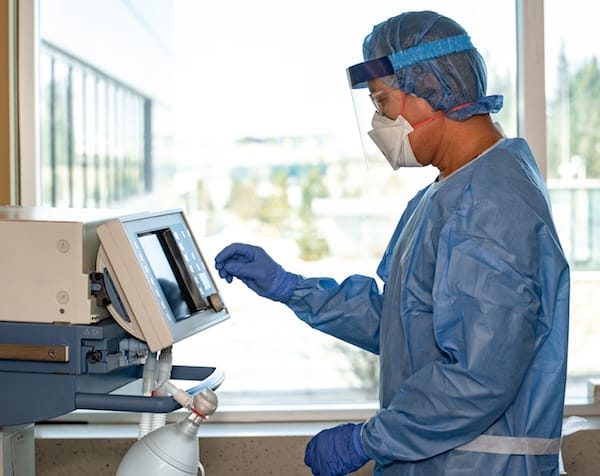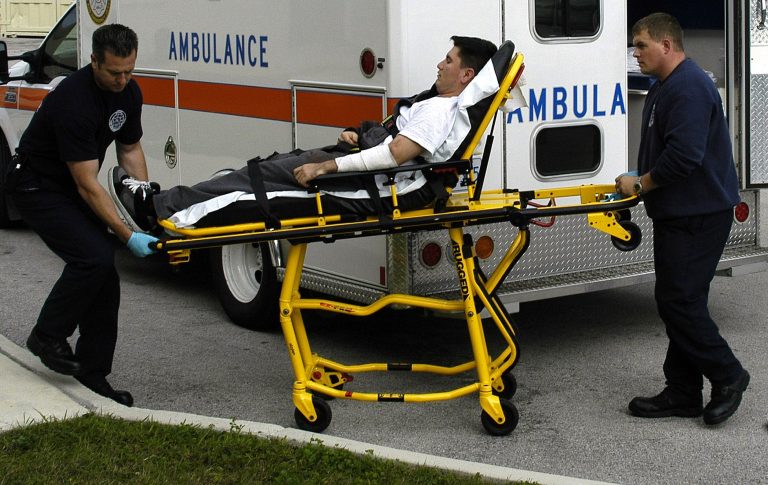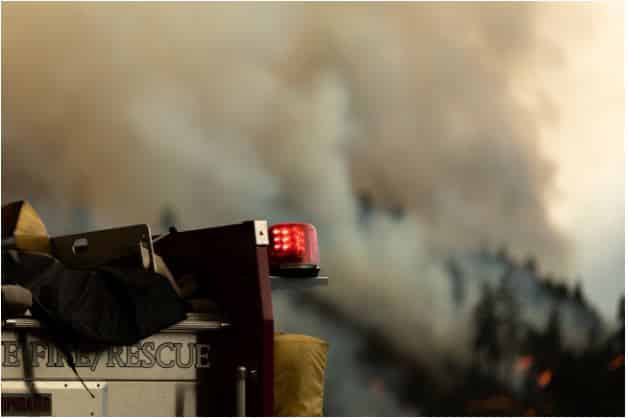
Does the U.S. Have Enough Respiratory Therapists?
In recent months, events have escalated rapidly. Businesses have shut down, sports have been canceled, and a deadly virus is sweeping the world. What makes a terrible situation worse, is the fact that medical professionals have lamented the horrible reality that is that there is a shortage of ventilators. They are in dire need because of the impact this pathogen has on people’s respiratory systems. The virus came so swiftly that it has been difficult to prepare accordingly to match the need for ventilators. There are approximately 160,000 ventilators available in the hospitals scattered across the country. This is far fewer than the amount that is needed. The patients who are most impacted by COVID-19 are the elderly, those who are immuno-compromised, and people who already suffer from respiratory complications.
The mass media has been all over this issue, but the main focus has often been on the shortage of ventilators. And while this is true, there’s also a shortage of professionals who are trained to use them: respiratory therapists. If we were to have a massive influx of ventilators that would be great unless we don’t have enough respiratory therapists to utilize them properly. It is important to note that an average respiratory therapist can manage up to ten patients at a time. And while that may seem like a lot, when the numbers jump up to 750,000 patients that need these machines the numbers don’t add up.
Nurses are not traditionally trained to operate these machines and cannot accomplish what a certified respiratory therapist can, not to mention the fact that nurses are already at capacity. Respiratory therapists direct a tube past the vocal cords that lead to the lungs of the patient. This device will proceed to expand like a balloon and pump air to the lungs. The settings must be personalized to each individual patient. These settings are determined by the size of the person, blood gasses, and many other factors. When these patients are on these machines there cannot be any time where they are not closely monitored, it must be around the clock.
It is essential that these heroes are made aware to the public of their importance and role in solving this world crisis. For more updates, tips, and predictions related to the healthcare industry and infection control, visit the Coast Biomedical blog.



